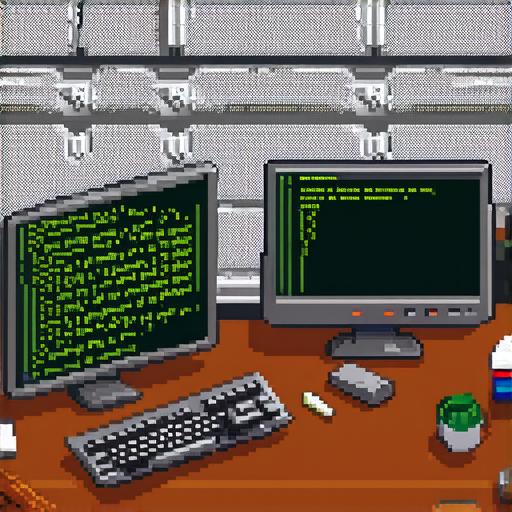If you’re a gamer, you might be wondering what it takes to create the games you love. Video game development is a complex and multi-faceted process that involves a team of people with diverse skills and expertise.
What are the different roles in video game development?
Video game development is a collaborative effort that requires a team of people with diverse skills and expertise. The roles involved in video game development can be divided into three main categories: creative, technical, and production.
- Creative roles

Creative roles involve the conceptualization and design of the game. These roles include game designers, artists, writers, and sound designers.
- Game designers are responsible for creating the overall vision of the game, including the game mechanics, level design, and character development. They use their creativity and problem-solving skills to ensure that the game is engaging and fun.
Artists create the visual elements of the game, such as characters, environments, and objects. They work closely with game designers to ensure that the art style aligns with the overall vision of the game.
Writers create the story and dialogue for the game. They work with game designers to ensure that the narrative is engaging and coherent throughout the game.
Sound designers create the audio elements of the game, such as sound effects and music. They work closely with game designers and artists to ensure that the audio enhances the overall experience of the game.
- Game designers are responsible for creating the overall vision of the game, including the game mechanics, level design, and character development. They use their creativity and problem-solving skills to ensure that the game is engaging and fun.
- Technical roles
Technical roles involve the programming and implementation of the game’s features. These roles include programmers, animators, and testers.
- Programmers are responsible for writing the code that brings the game to life. They work closely with game designers to ensure that the code aligns with their vision for the game.
Animators create the movement and behavior of characters and objects in the game. They work closely with game designers to ensure that the animation enhances the overall experience of the game.
Testers are responsible for finding bugs and errors in the game. They work closely with programmers to ensure that the game is free of technical issues.
- Programmers are responsible for writing the code that brings the game to life. They work closely with game designers to ensure that the code aligns with their vision for the game.
- Production roles
Production roles involve the management and coordination of the video game development process. These roles include producers, project managers, and marketing teams.
- Producers are responsible for overseeing the entire video game development process. They work closely with game designers, programmers, and other team members to ensure that the project stays on track and within budget.
Project managers are responsible for managing specific aspects of the video game development process. They work closely with producers to ensure that their team is working efficiently and effectively.
Marketing teams are responsible for promoting the game to potential players. They work closely with producers and game designers to create marketing materials that accurately represent the game’s features and storyline.
What does a video game developer do on a typical day?
A typical day in the life of a video game developer can vary depending on their role and responsibilities. However, here are some common tasks that a video game developer might do on a typical day:
- Game designers might spend their time brainstorming new game ideas, creating concept art and designs for characters and environments, and working with programmers to ensure that the code aligns with their vision for the game.
Artists might spend their time creating new characters and environments, refining existing designs, and collaborating with game designers to ensure that the art style aligns with the overall vision of the game.
Writers might spend their time writing dialogue and storylines for the game, collaborating with game designers to ensure that the narrative is engaging and coherent throughout the game.
- Programmers might spend their time writing code, debugging technical issues, and working with game designers to ensure that the code aligns with their vision for the game.
Animators might spend their time creating movement and behavior for characters and objects in the game, refining existing animations, and collaborating with game designers to ensure that the animation enhances the overall experience of the game.
- Testers might spend their time finding bugs and errors in the game, working closely with programmers to ensure that the game is free of technical issues.
- Producers are responsible for overseeing the entire video game development process. They work closely with game designers, programmers, and other team members to ensure that the project stays on track and within budget.